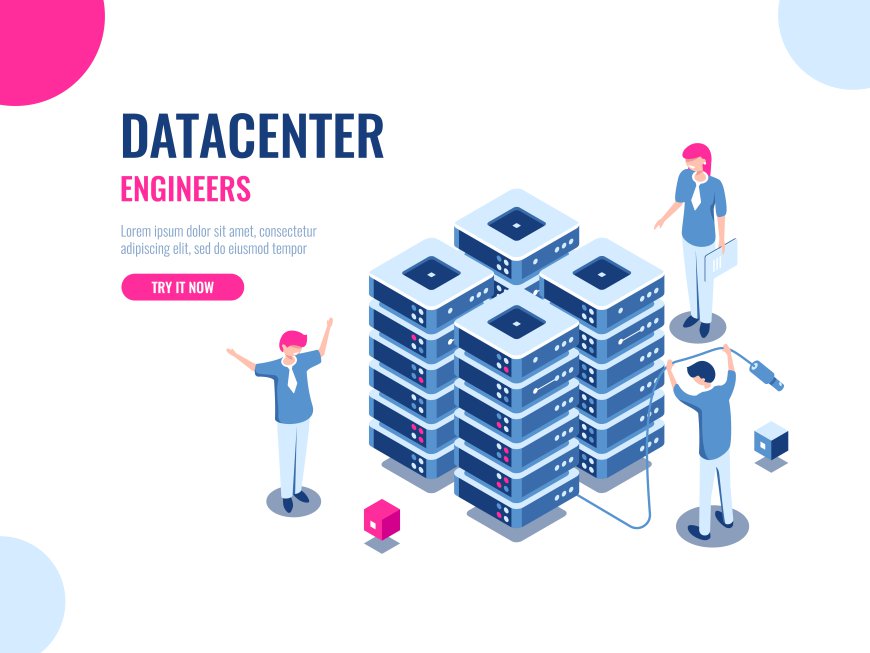Why SQL and Dimensional Modeling Make a Perfect Pair for Efficient Database Management
SQL, as a structured query language, works almost perfectly with databases. Moreover, it is considered the main tool for interacting with relational databases.
SQL, as a structured query language, works almost perfectly with databases. Moreover, it is considered the main tool for interacting with relational databases, allowing you to perform a variety of manipulations with them. However, when dealing with complex data structures, SQL Server Dimensional Modeling provides a more intuitive approach to designing database schemas.
And although SQL is already several decades old, it is still widely used. It is very difficult to create something serious without it. To enhance the usability of SQL databases, Dimensional Modeling is often employed to simplify the process of querying and analyzing data.
Features of the SQL language
SQL is a non-procedural programming language designed primarily for describing data, retrieving it from relational databases, and then processing it. Thus, SQL operates exclusively with databases, and it cannot be used alone to create a full-fledged application. SQL Server Dimensional Modeling complements SQL by providing a clear framework for organizing data in a way that supports efficient querying and reporting.
In this case, you will need tools from other languages that support embedding SQL commands. It is precisely because of its specificity that SQL is considered an auxiliary tool that allows you to process data. In practice, this language is used only in conjunction with other languages.
In general, application programming tools imply the creation of procedures. SQL does not have such capabilities. Here, it is impossible to specify the methods for solving problems - only the meaning of each specific task is specified. In other words, when working with SQL databases, the results are important, not the procedures that lead to these results.
The concept of a relational DBMS and SQL Server Dimensional Modeling
Without going into details, we can give the following definition: a relational DBMS uses a relational management model. According to this concept, a relation between objects (relation) is a table with data. At the same time, there are attributes (or features) of the relation that correspond to the columns of the table in question. The data itself appears an asset of these features and forms records (tuples). The latter, in turn, correspond to table rows. SQL Server Dimensional Modelingrefines this approach by introducing dimensions and facts to facilitate more complex data analyses.
Let's look at an example. There is a domain "Week", which contains the values of all days of the week ("Monday", "Tuesday", ..., "Sunday"). The attribute that has these values is called "DayOfWeek". Then the correspondence of this attribute to the domain automatically means that the column of the same name should contain only the listed values. Any other characters and groups of characters are not allowed. SQL Server Dimensional Modeling would approach this scenario by defining "DayOfWeek" as a dimension in a star schema to facilitate easy querying of weekly data patterns.
It is also prohibited to enter several values at once. In addition, the condition of atomicity must be met. In other words, values cannot be combined or broken down into smaller components while preserving the meaning. If there are two or more values in an attribute cell at once (for example, "Tuesday" and "Wednesday"), atomicity is lost. Here, SQL Server Dimensional Modeling ensures that data is structured in a way that maintains its integrity and usability for analytical purposes.
In Conclusion
An important improvement to data structure and analysis is the integration of Dimensional Modeling into SQL database design. Data is organized into facts and dimensions, which makes complex searches easier to understand and increases the effectiveness of reports. When Dimensional Modeling and SQL are combined, data management is optimized and data retrieval is streamlined for deeper analysis.

 shubham
shubham 